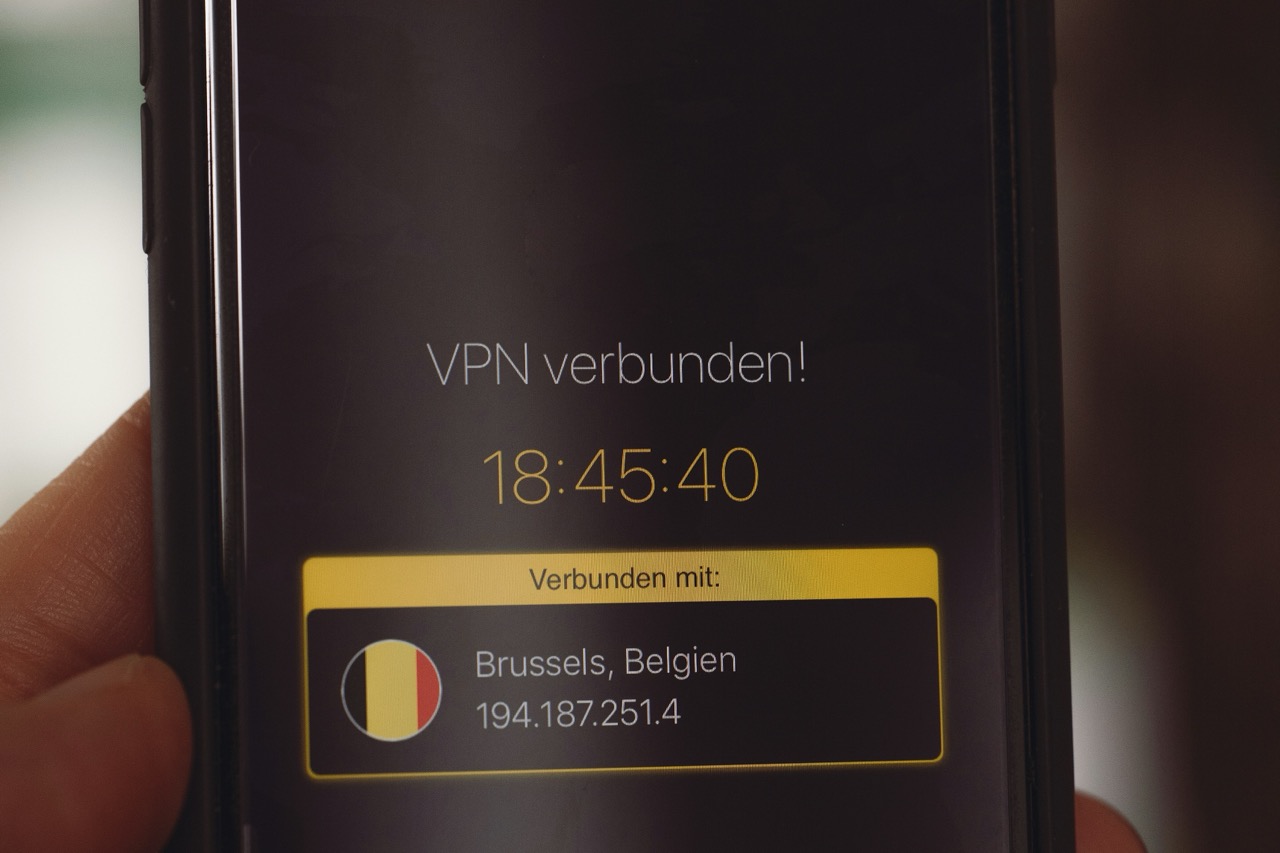In an increasingly digital world, internet censorship has emerged as a significant barrier to free expression and access to information. Governments and organizations impose restrictions for a variety of reasons, ranging from national security to political control. As users seek to bypass these limitations, Virtual Private Networks (VPNs) have gained prominence as tools for enhancing online privacy and bypassing censorship. Surfshark, a relatively new player in the VPN market, claims to offer effective solutions for this challenge. This article delves into how Surfshark operates to circumvent internet censorship, examining its technology, performance, and user experiences.
Understanding Internet Censorship Mechanisms and Techniques
Internet censorship can take various forms, including content filtering, IP blocking, and deep packet inspection (DPI). Content filtering involves restricting access to specific websites or types of content based on keywords, URLs, or other indicators. Governments may employ blacklists of websites that citizens are not allowed to access, resulting in a limited digital landscape. IP blocking, on the other hand, prevents users from reaching particular servers, effectively isolating them from global content. Deep packet inspection analyzes data packets being transmitted across the internet, allowing for sophisticated surveillance and filtering.
In addition to these methods, geo-blocking is a technique used to restrict access to content based on the user’s geographical location. Streaming services, for example, frequently employ this method to enforce licensing agreements. In countries with strict censorship laws, such as China or Iran, authorities deploy advanced technologies to identify and monitor internet traffic, making it challenging for users to access restricted content. This multifaceted approach to censorship presents significant hurdles for individuals seeking to access information freely.
The implications of internet censorship are profound, affecting not only individual users but also the broader societal landscape. Unrestricted access to information is vital for informed citizenship and democratic engagement. When users turn to VPN services like Surfshark, they aim to reclaim their digital freedom and navigate the internet without the constraints imposed by governmental or organizational censorship.
Overview of Surfshark’s Technology for Bypassing Restrictions
Surfshark employs a combination of technologies designed to effectively bypass internet censorship. One of its most notable features is the "Camouflage Mode," which conceals the fact that users are utilizing a VPN. By disguising VPN traffic as regular internet traffic, Surfshark enables users to evade detection by censorship systems, making it particularly useful in regions with stringent internet regulations. This feature is crucial in environments where even the use of a VPN can be flagged and penalized.
In addition to Camouflage Mode, Surfshark utilizes obfuscation techniques that modify data packets to make them less distinguishable from standard internet traffic. This allows users to maintain a connection even in heavily censored environments, where other VPNs might be blocked. Moreover, Surfshark’s "MultiHop" feature routes data through multiple servers in different countries, adding an extra layer of security and obfuscation, which enhances the ability to bypass geographic restrictions.
Finally, Surfshark offers a vast network of servers across more than 65 countries, enabling users to switch locations effortlessly. This extensive server coverage is essential for accessing geo-restricted content and ensuring a reliable connection. By combining advanced technologies with a broad server infrastructure, Surfshark positions itself as a viable option for users seeking to navigate through the complexities of internet censorship.
Performance Analysis: Surfshark’s Effectiveness in Censorship
When evaluating Surfshark’s effectiveness in bypassing internet censorship, speed and reliability are critical factors. Users often report that Surfshark maintains commendable performance levels even when connecting to distant servers. This is particularly relevant in regions where users experience significant throttling or degradation of connection speeds when accessing blocked content. Although some users may notice a minor decrease in speed due to encryption overhead, the overall performance remains competitive compared to other VPN providers in the market.
In addition to speed, reliability in maintaining connections is vital for effective censorship circumvention. Surfshark’s ability to consistently connect to servers in restricted regions is a significant advantage. Users have reported minimal disconnections and downtime, which can be detrimental in environments where stable internet access is critical for communication and information retrieval. Surfshark’s server rotation feature also helps mitigate risks associated with servers being blacklisted by censorship authorities.
Moreover, third-party testing and independent reviews reinforce the effectiveness of Surfshark in overcoming censorship barriers. Users have reported successful access to platforms such as Netflix, Hulu, and various social media sites that are often blocked in restrictive countries. This success indicates that Surfshark’s strategies are not only effective in theory but also deliver tangible results in real-world applications.
User Experiences: Real-World Applications of Surfshark VPN
User experiences with Surfshark in the context of internet censorship reveal a wealth of information regarding its practical applications. Many users, particularly those in countries with high censorship levels, have shared success stories of accessing restricted content. For instance, expatriates in nations like China or Iran have leveraged Surfshark to connect to their home country’s media outlets and social networks, enabling them to stay updated and maintain connections with loved ones.
Additionally, users often highlight the user-friendly nature of Surfshark’s interface, which simplifies the process of connecting to different servers. This accessibility is crucial for individuals who may not possess extensive technical knowledge but still seek to bypass censorship barriers. The seamless integration across multiple devices—from smartphones to desktop computers—enhances the overall user experience, making it a feasible option for a broader audience.
While many users praise Surfshark’s ability to bypass censorship, there are also reports of occasional difficulties in connecting to specific servers. Some users have expressed frustration when certain servers become overloaded or temporarily blocked, necessitating a switch to alternative servers. However, this seems to be a common issue across many VPNs, and Surfshark’s extensive server network generally mitigates this concern, allowing users to find reliable connections in most cases.
In conclusion, Surfshark demonstrates significant potential as a tool for bypassing internet censorship through its advanced technologies and effective performance. By understanding the mechanisms of censorship and leveraging features like Camouflage Mode, obfuscation techniques, and a robust server network, Surfshark empowers users to navigate the complexities of restricted internet access. User experiences further illustrate its practical effectiveness, showcasing the VPN’s ability to provide freedom and security in the digital landscape. While challenges remain, Surfshark stands out as a valuable resource for individuals seeking to reclaim their online autonomy in the face of censorship.










